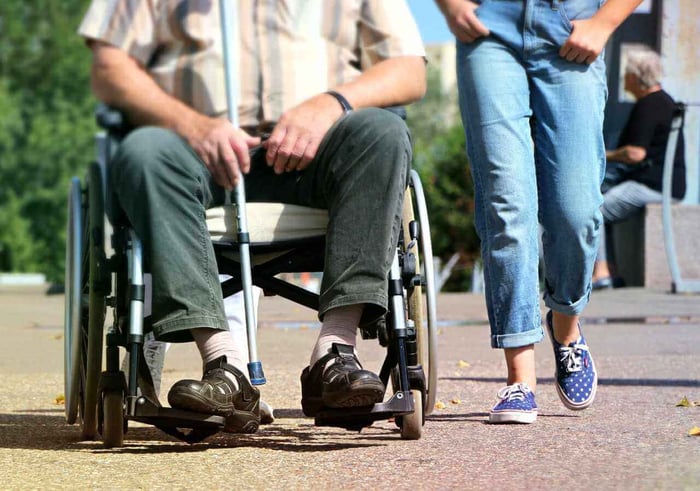Plastic, simultaneously a hero and a villain of 20th century society changed our lives in no small way. The first totally artificial compound was patented in 1907 by Belgian chemist Leo Baekeland. Interestingly, he pipped rival, James Swinburne to the post, getting to the Patents Office just one day before the Scottish electrical engineer.
The product, dubbed Bakelite, was the result of combining phenol and formaldehyde under heat and pressure. It became wildly popular thanks to its wood-like look and the ease of producing it in large quantities.
At around the same time, the large petroleum companies were trying to find ways to use up their most prolific waste product, ethylene gas. British company Imperial Chemical Industries, ICI, was the first company to succeed in this quest when, in 1932, they created Perspex.
A failed experiment a year later led to the accidental discovery of polyethylene. Hailed as a wonder substance that was strong yet flexible and resistant to heat, it took the world by storm. Meanwhile, across the Atlantic, US rival Du Pont gave the world Nylon and Teflon during the same decade.
Nowadays we take plastic very much for granted. Thousands upon thousands of products are made of plastic. Unfortunately, that in itself has become somewhat of a problem. Over the years, we have tended to discard plastic with little regard for the damage it would ultimately cause.
So, to minimize pollution, we try to find ways of reusing plastics that have served their purpose or are surplus to our needs. One such item is the plastic mattress cover. Did you purchase a few more than you thought you’d need? Or maybe you’re getting rid of a mattress and you’re not sure what to do with the cover?
Whatever the case, you don’t have to let that mattress cover find its final resting place in a landfill or river somewhere. Read this article for some great tips and creative uses for all types of trash. For now, though, we will focus on those plastic mattress covers. Let’s take a look at a few ideas.
Moving and Storage
Although many mattress covers consist only of a thin sheet of plastic, there are others that have a cloth layer for added comfort. These can often be used as a type of moving blanket. The beauty of it is that it protects the furniture from nicks and scratches and, at the same time acts as a waterproof cover in case of rain or spills.
The plain plastic sheets can, of course, always be used as a waterproof cover over a conventional moving blanket. At least, if you have to move in wet weather, your things have that extra protection.
Lining your moving boxes with plastic mattress covers or using them to wrap fragile items provides an additional layer of protection. When packing quantities of crockery, cut the mattress cover into pieces the place between plates or dishes to help cushion against breakage or chipping.
Outdoor Furniture Protection
Those of us who are fortunate enough to have outdoor space will understand the challenges of leaving garden furniture exposed to the elements. And, of course, having to hose or brush the furniture down when you want to use them. Then, there’s the alternative of having to carry everything backwards and forwards to store them indoors when not in use.
These plastic mattress covers can come in very handy as covers to protect your outdoor furniture. Rain can cause chipping, rust and rot while dust gets in everywhere and becomes more and more difficult to clean. Ultra violet radiation from the sun is also a major factor in damaging your furniture. Not only do the colors fade, but plastics and fabrics become brittle and perish in due course.
Donations
If you have new or like-new mattress covers, you can always donate them. A thrift store will gladly take quality mattress covers, and so will a retirement home or nursing home. The latter two places can get overlooked when it comes to donations, so they’d love to know that someone was thinking of them.
You’re not limited to those options, though. Check out the different nonprofits in your area. A lot of these organizations are entirely dependent on donations. While you may think that a mattress cover will only fetch a dollar or two, every little bit helps.
You may also want to check with the local animal shelters. They have a constant need for any items that may help in making the animals comfortable. At the very least, they could use a mattress cover to protect the animal foodstuffs from inclement weather.
Cut for Caretaking Projects
DIY projects often use a variety of plastics. Repurposing used or surplus mattress protectors in DIY projects not only saves you spending money unnecessarily but it also prevents that plastic from ending up as waste and contributing to pollution and climate change.
Mattress protectors are usually quite large sheets of plastic and can therefore be used in may ways by cutting them to the required size and shape. Depending on your creativity and skills, the sky is the limit for reusing this plastic.
If you initially bought the mattress cover for a loved one, why not use it to make other items for that same loved one? For example, you can use these plastic mattress covers to make diaper covers for adults or for infants. The plastic can also be used to make bibs, smocks, shoe covers, or any other items you can think of to make your caretaking duties easier.
Conclusion
Before you look at ways to responsibly dispose of or repurpose mattress covers, try to extract the maximum useful life from them. Mattress covers can be reused for quite some time before their condition deteriorates too much. When you reach that point where you have to get rid of used or surplus plastic mattress covers, a little creativity goes a long way.
And, always remember, if you ever need to buy a new mattress cover, LL Medico has exactly what you need. With adult diapers, nutritional products, and personal care, we carry the products that you need to take care of your loved one. Give us a call at (855) 422-4556 or email us at support@llmedico.com.







 855-422-4556
855-422-4556 Chat
Chat E-Mail
E-Mail Monday - Friday 9:00AM to 5:00PM EST
Monday - Friday 9:00AM to 5:00PM EST





 Shopping With LL Medico
Shopping With LL Medico
 855-422-4556
855-422-4556